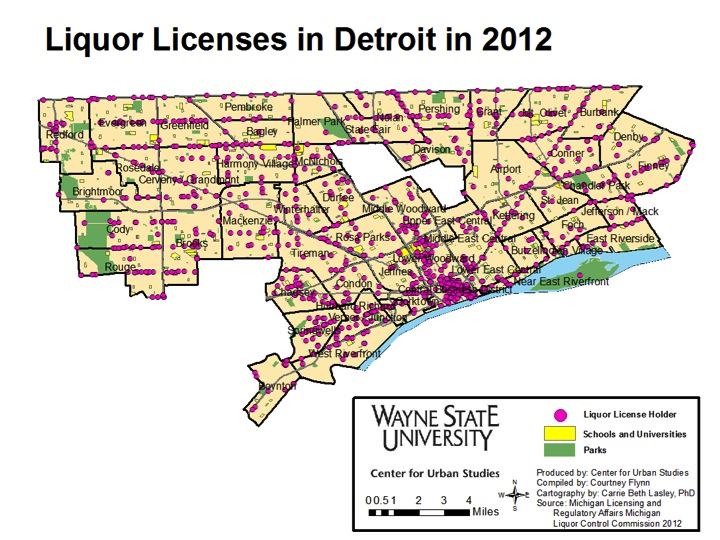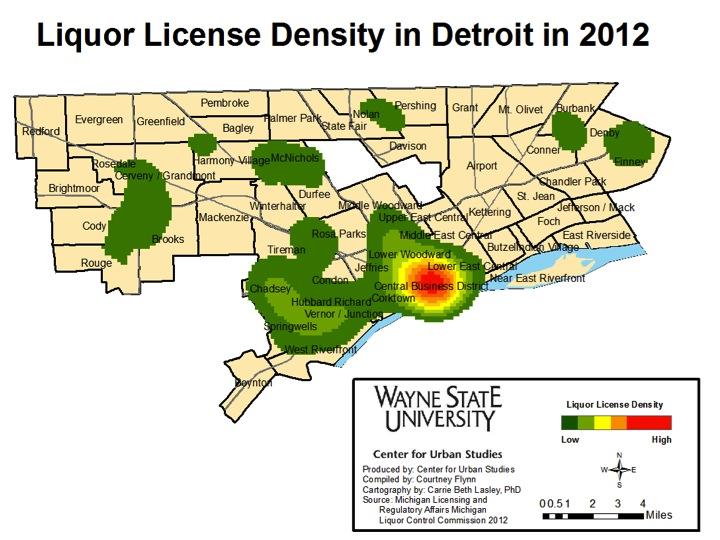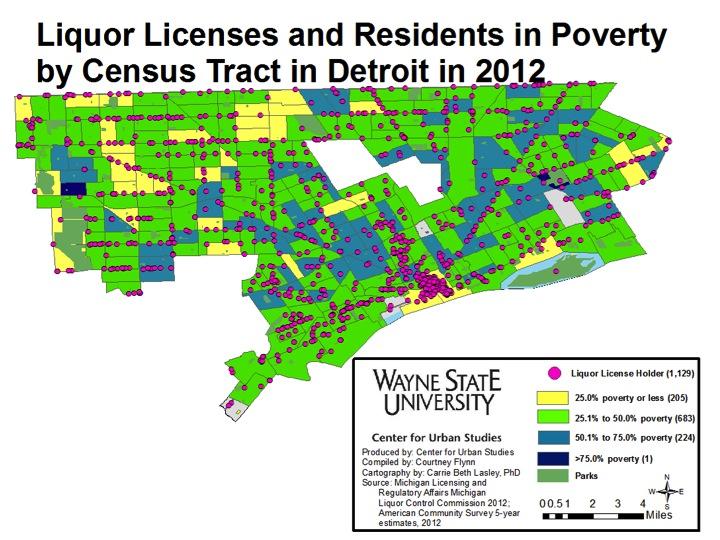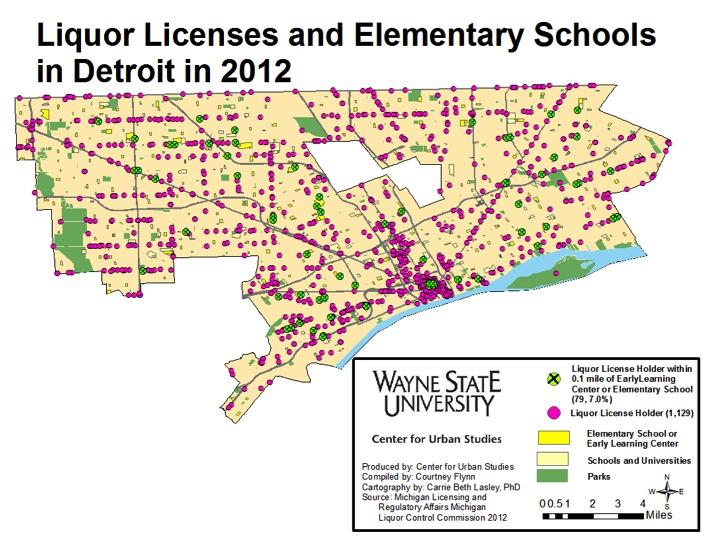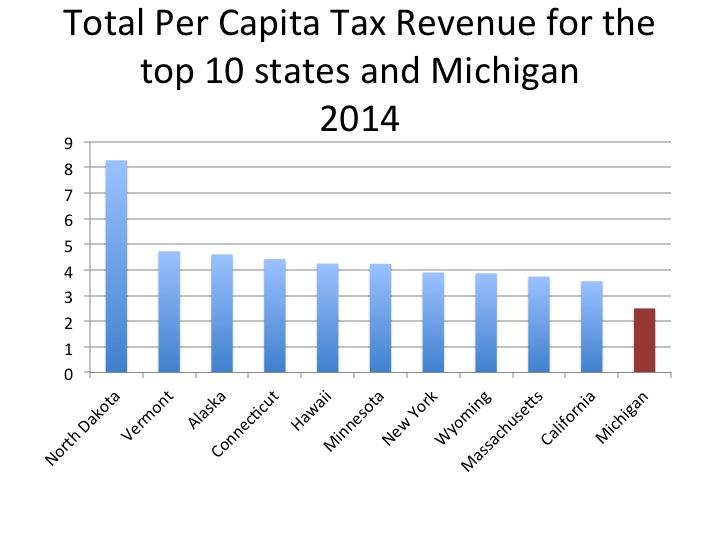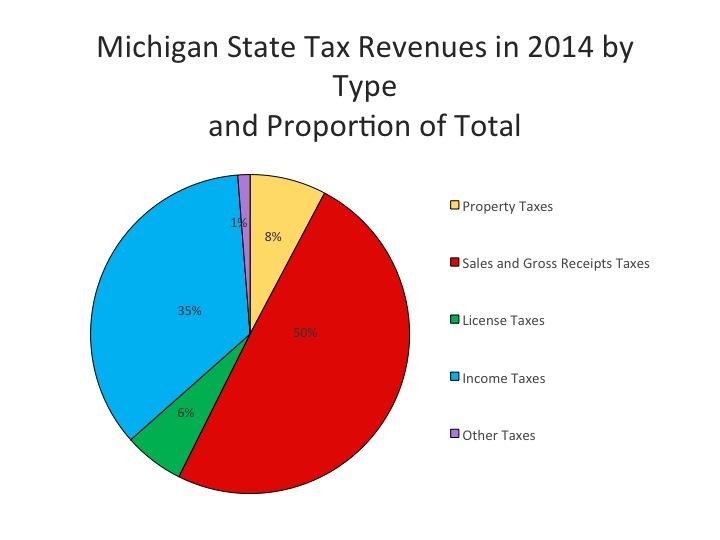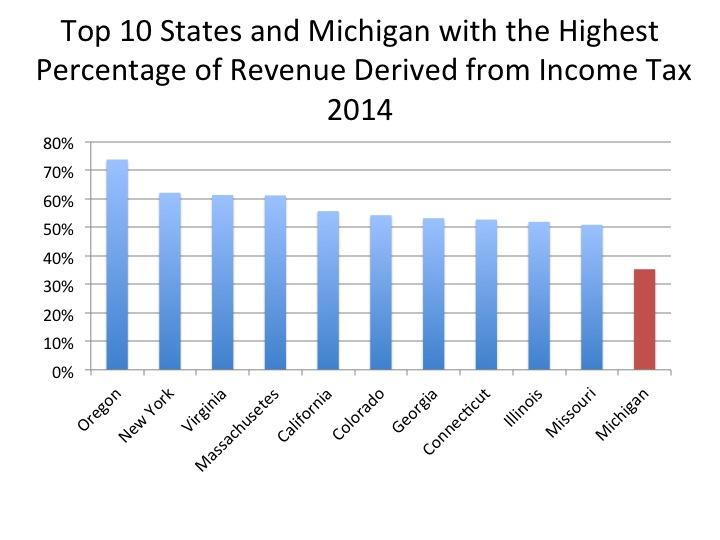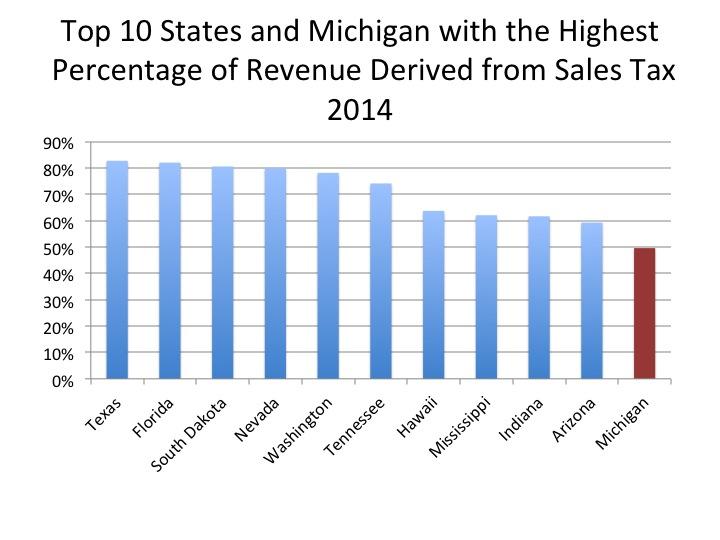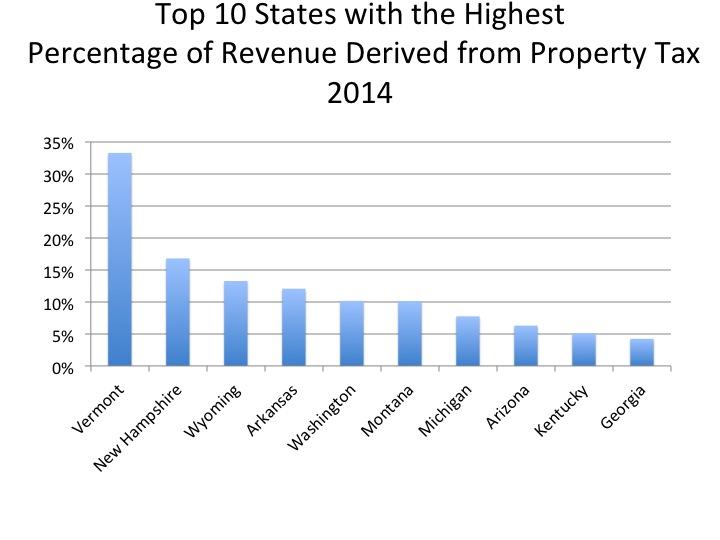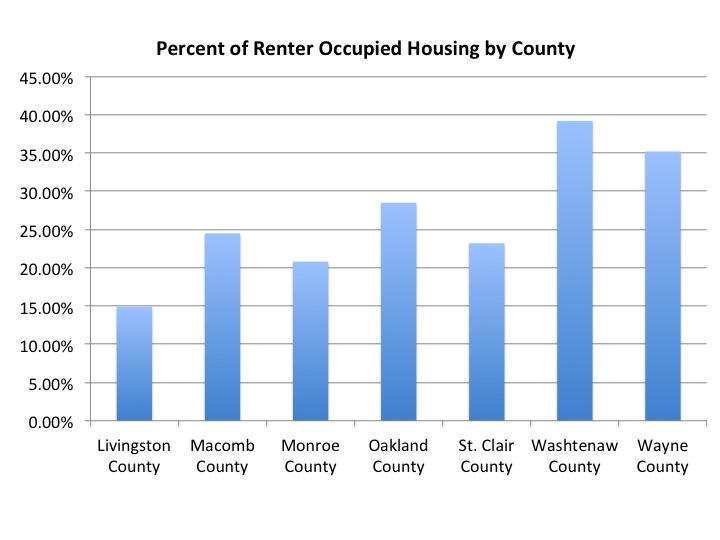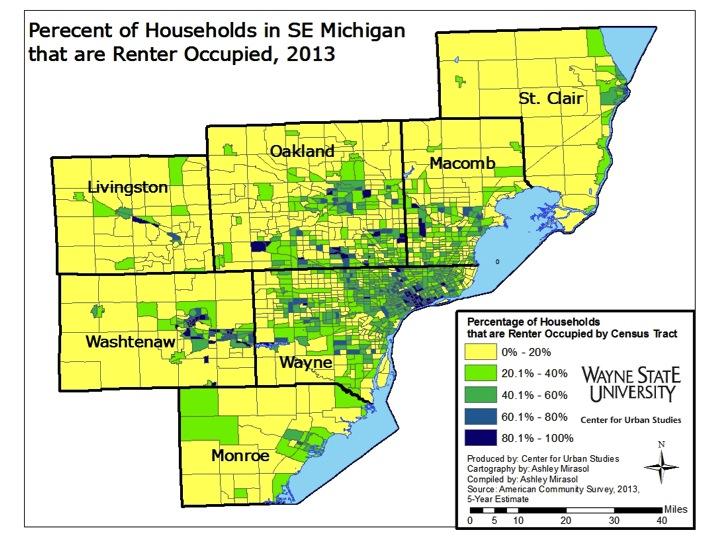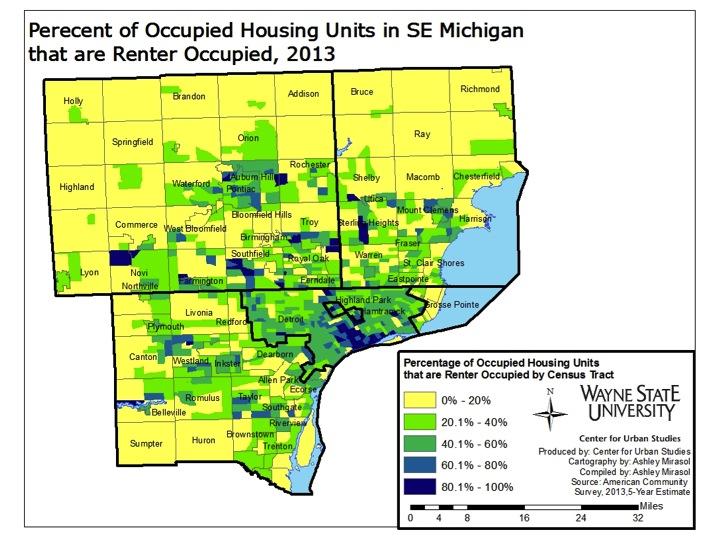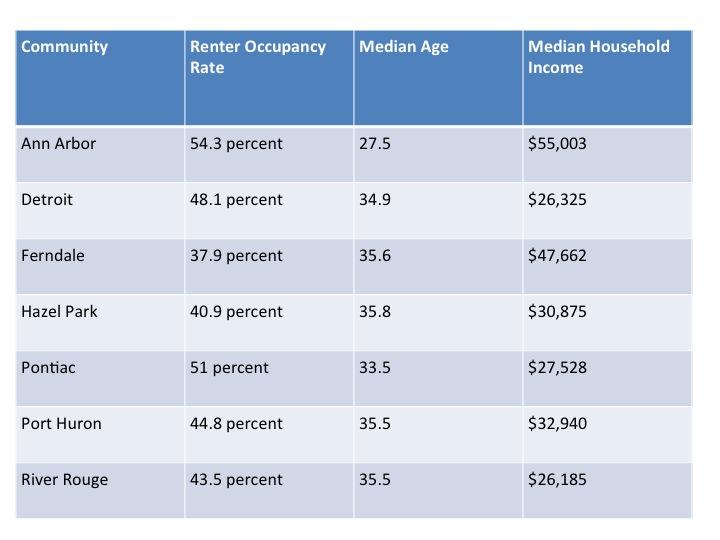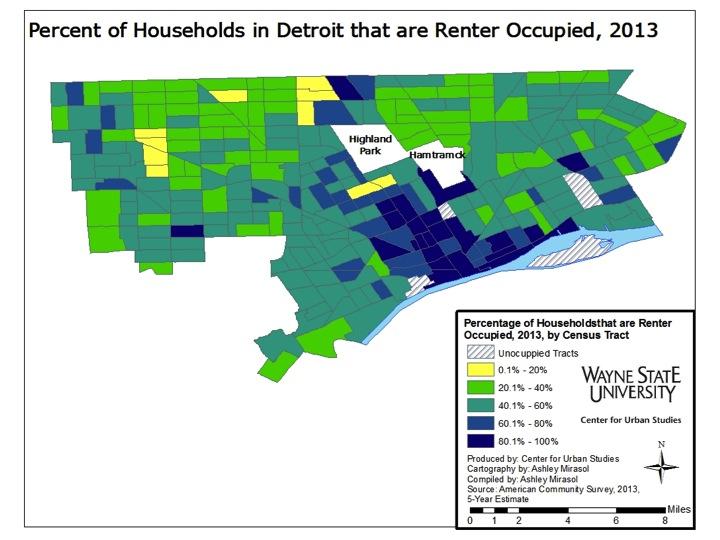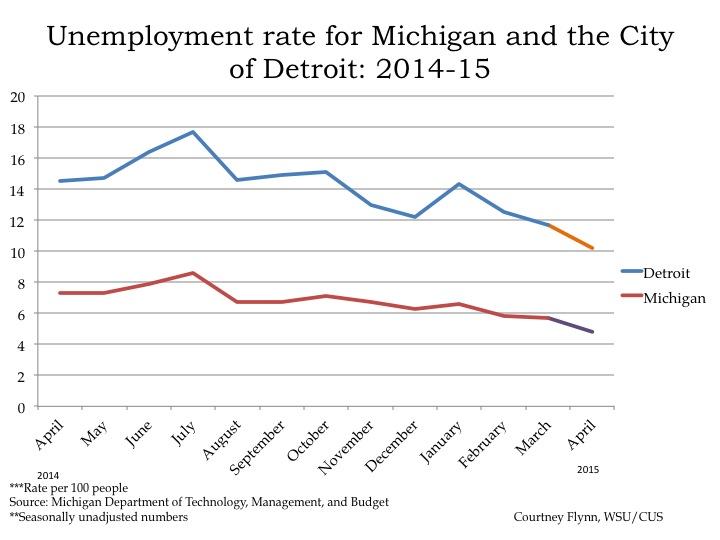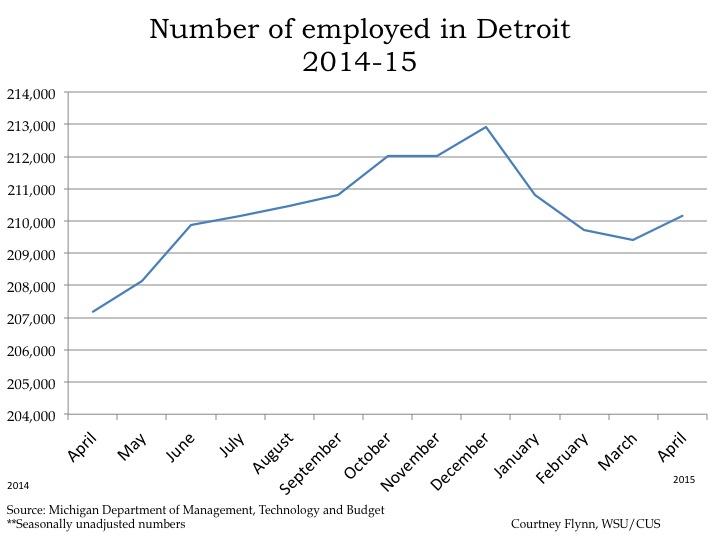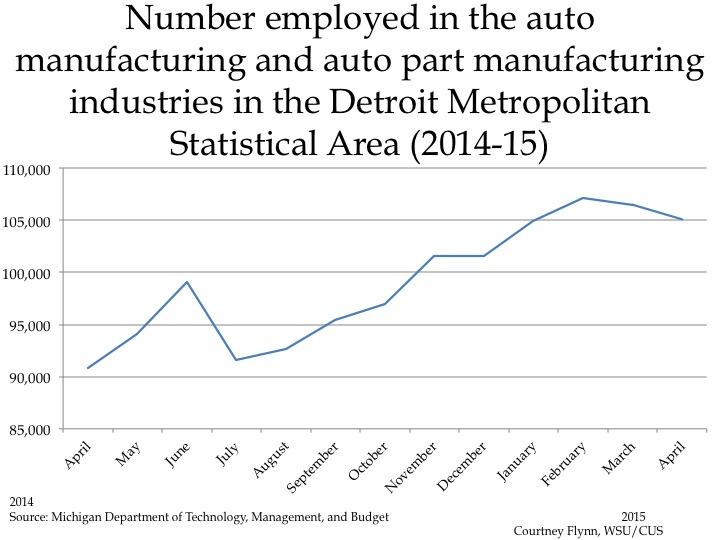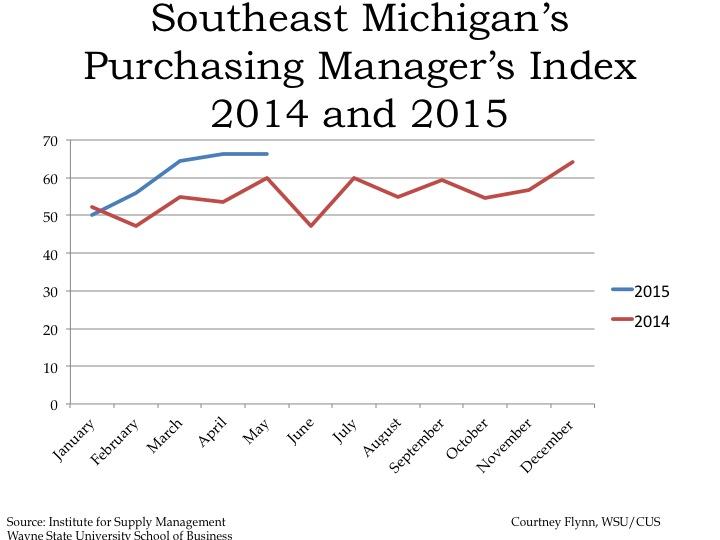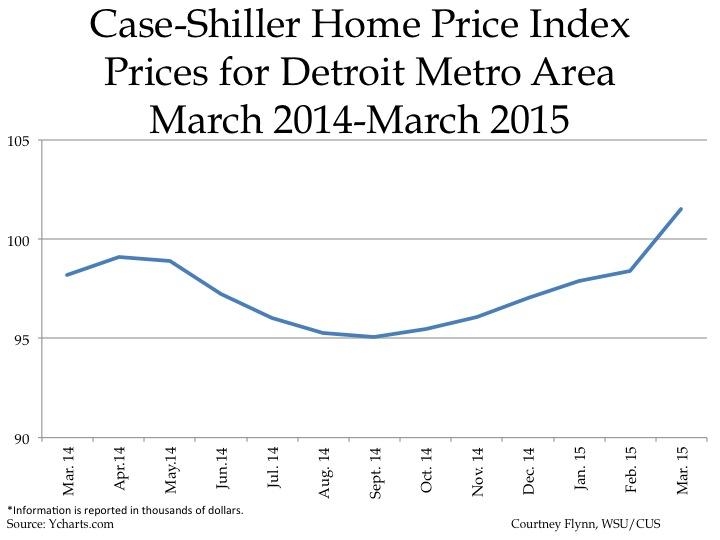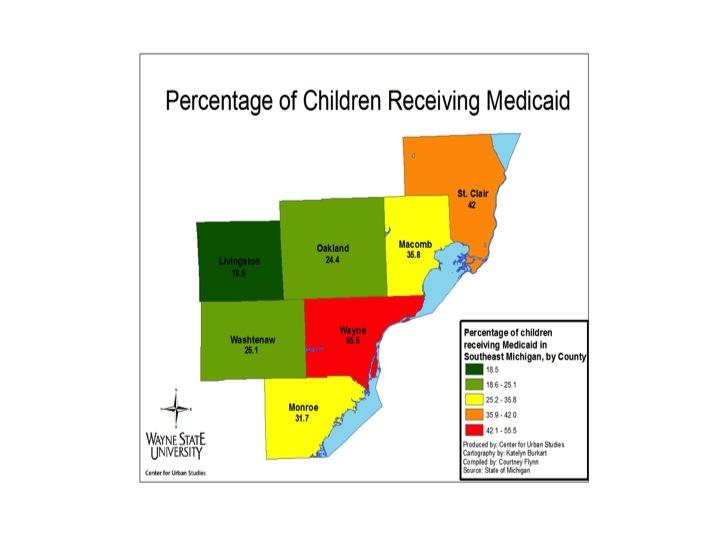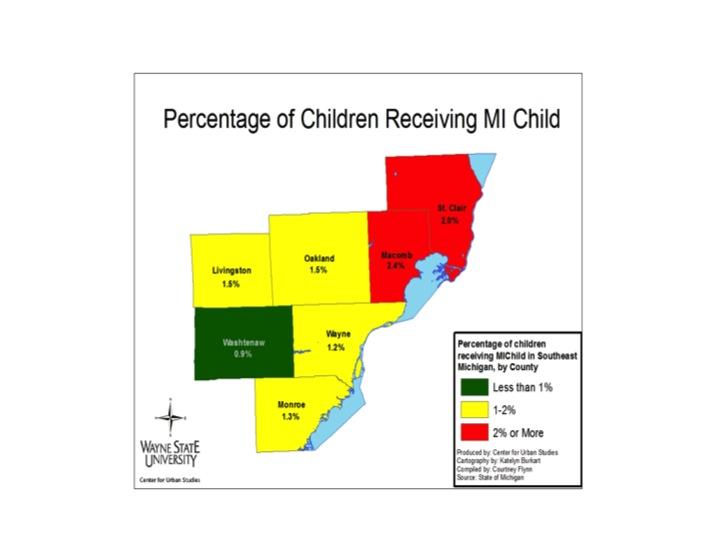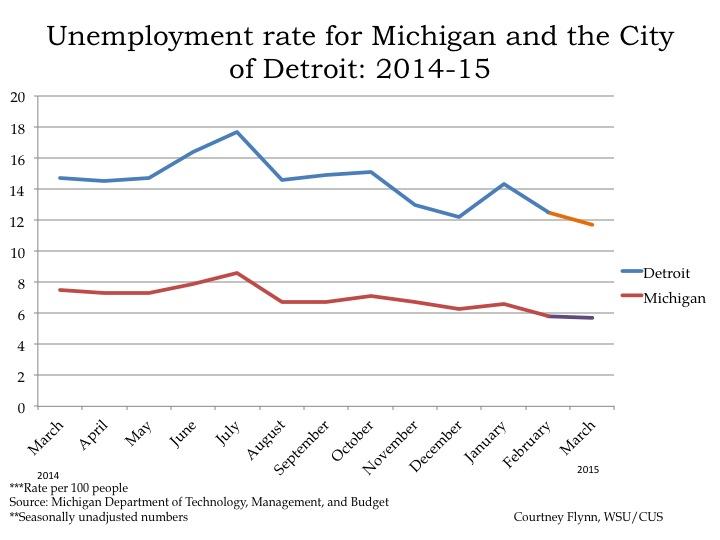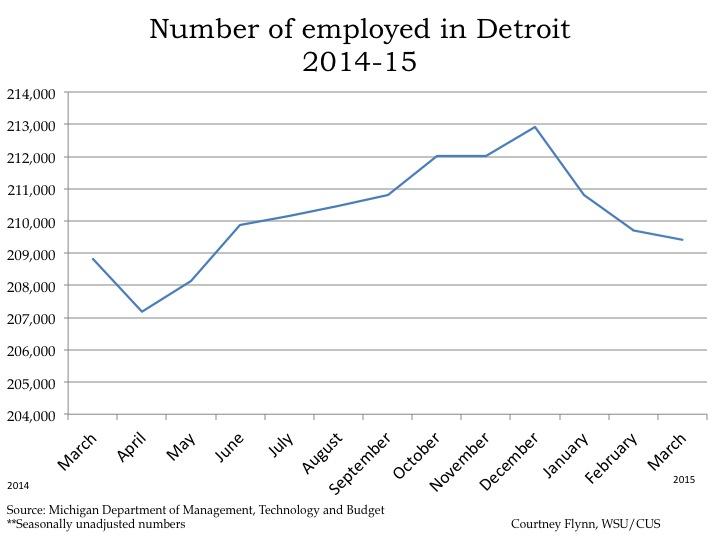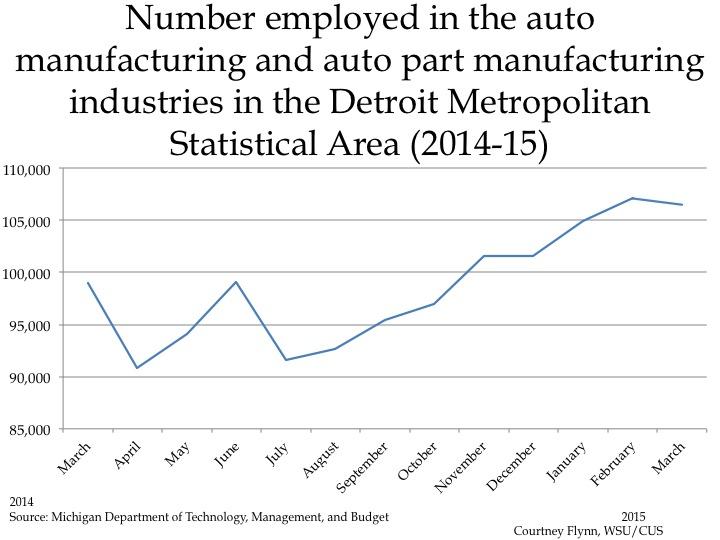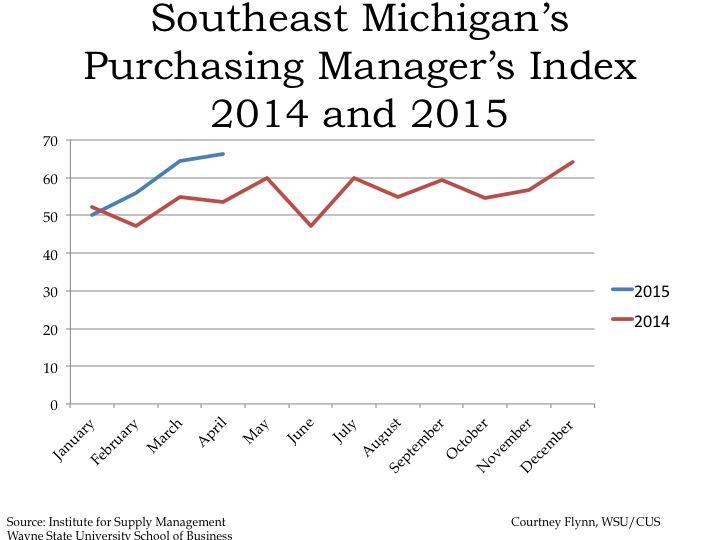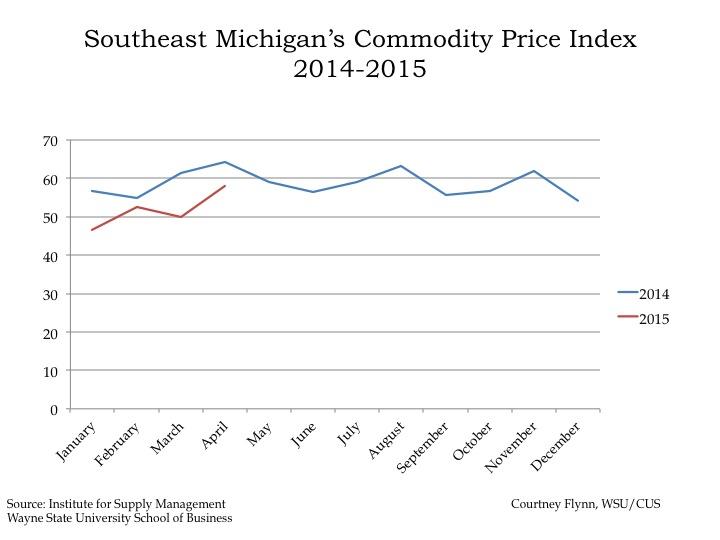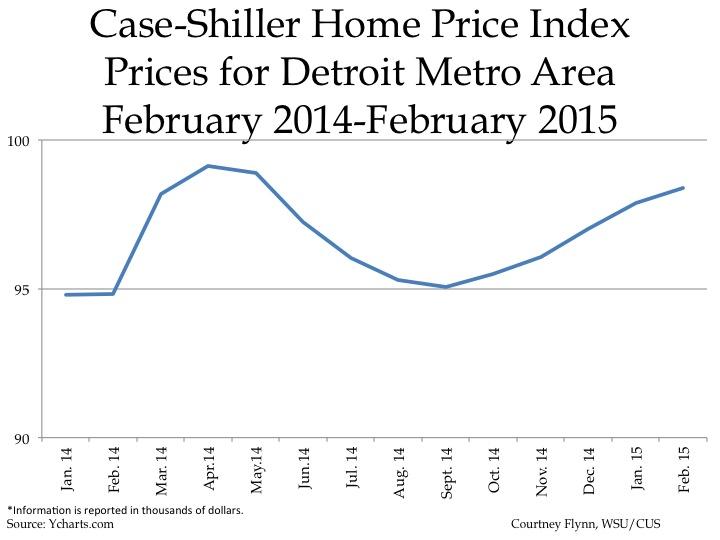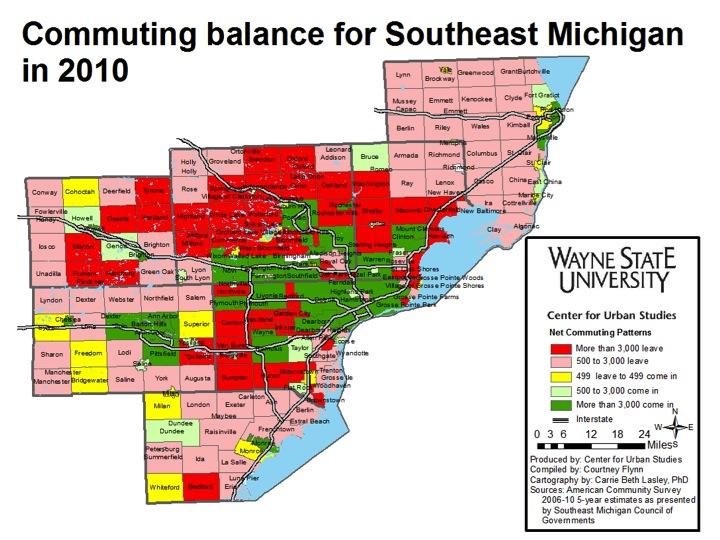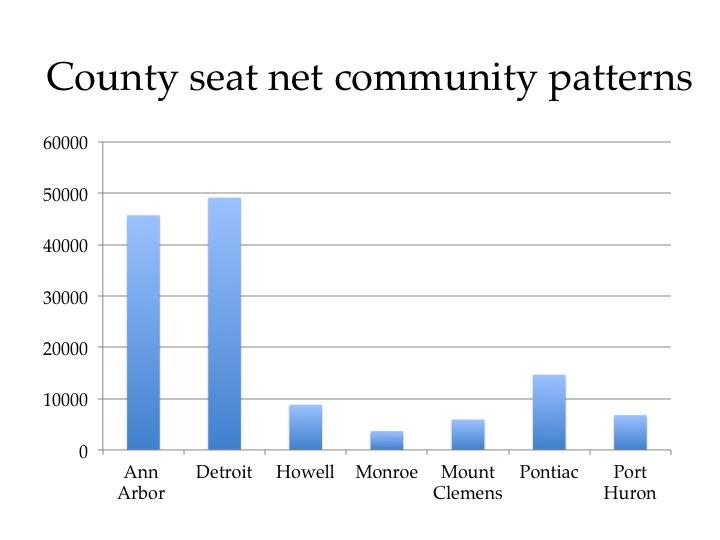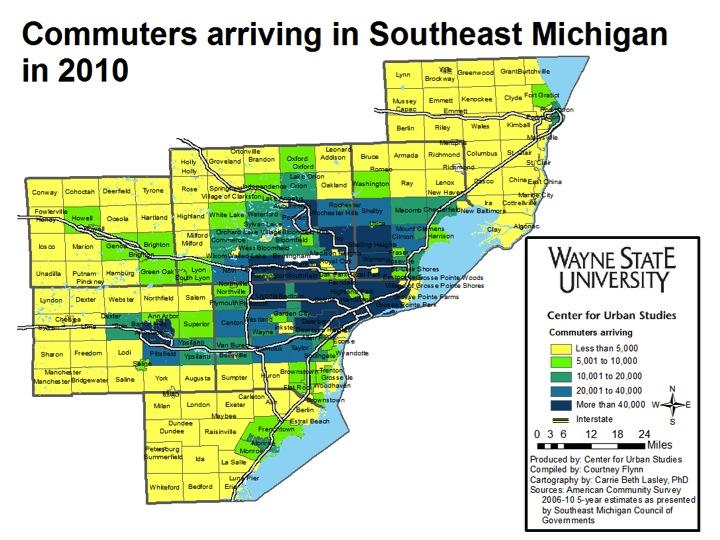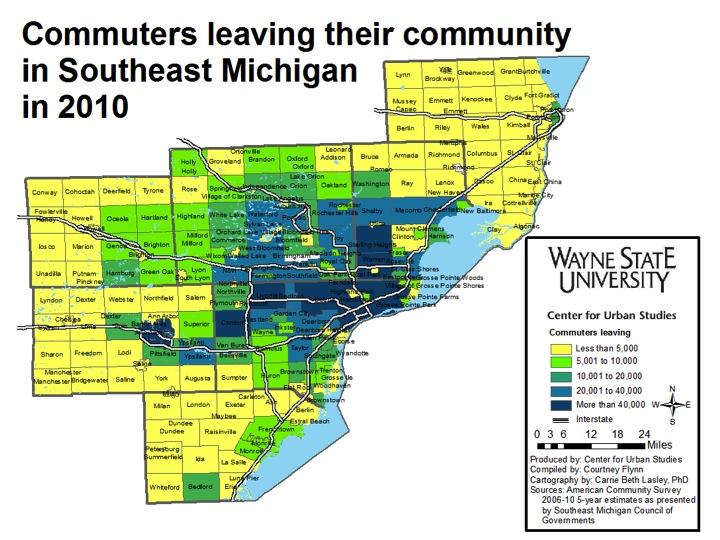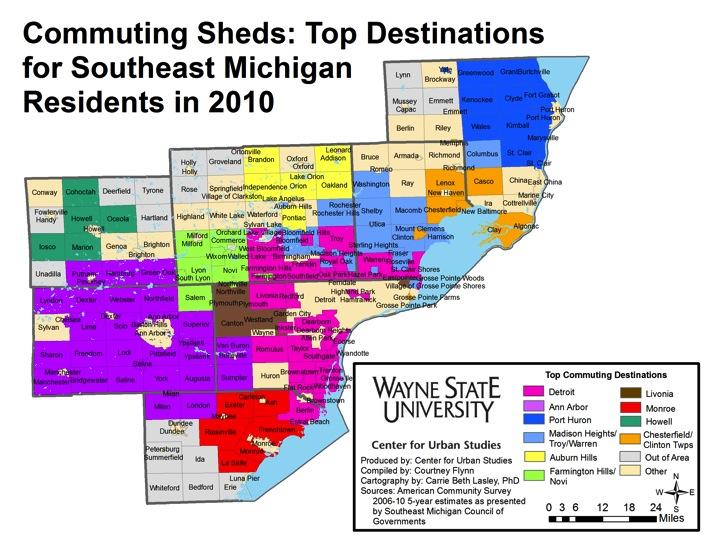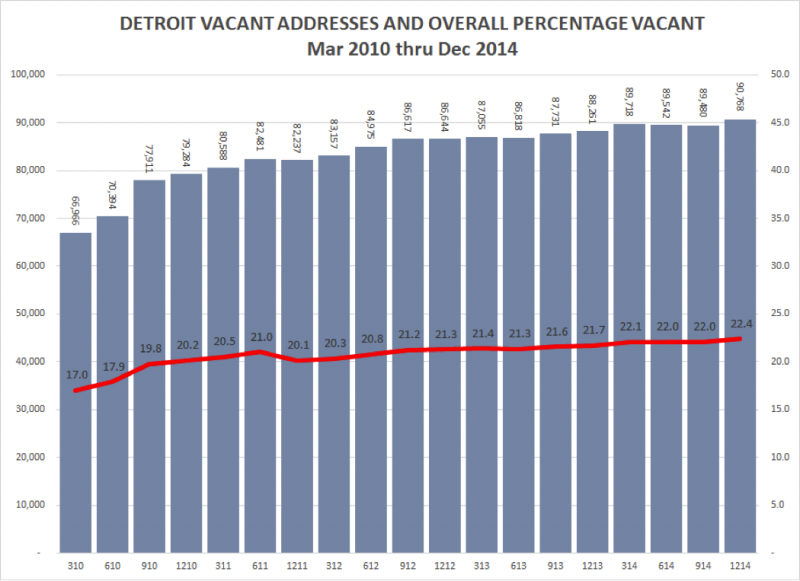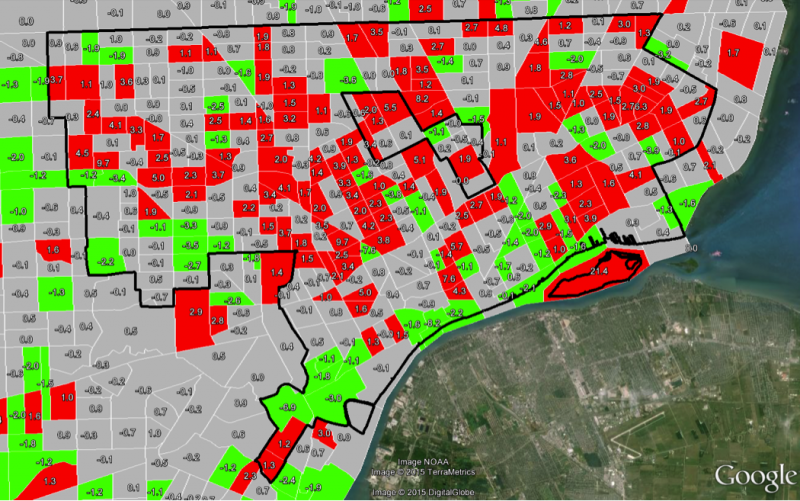- From May 2015 to June 2015, the unemployment rate across the state and in the city of Detroit’s decreased (monthly);
- The Purchasing Manager’s Index for Southeast Michigan increased from May 2015 to June 2015 (monthly);
- Commodity Price Index increased from May 2015 to June 2015 for Southeast Michigan (monthly);
- Standard and Poor’s Case-Shiller Home Price Index for the Detroit Metropolitan Statistical Area shows home prices are about $3,000 higher than this time last year.
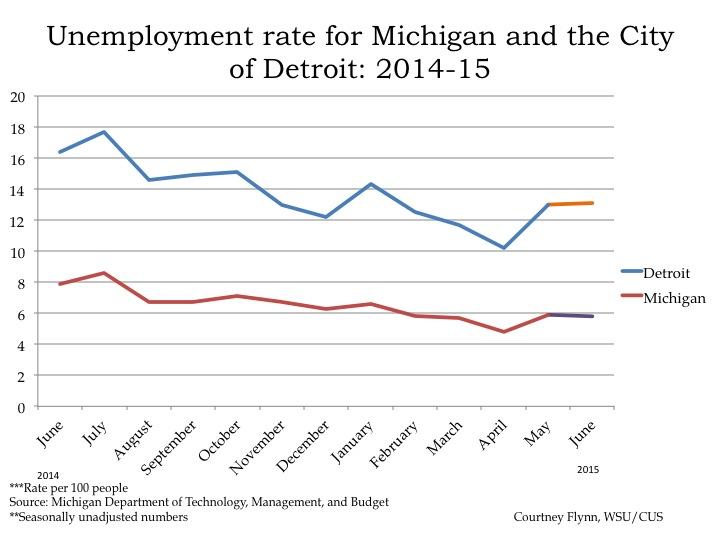
According to the most recent data provided by the Michigan Department of Technology, Management, and Budget, the unemployment rate for the state of Michigan decreased from 5.9 percent in May to 5.8 percent in June. During this same period, unemployment in the city of Detroit also marginally increased from 13 in May percent to 13.1 percent in June. However, it is 3.3 percentage points lower than where it was in June of 2014.
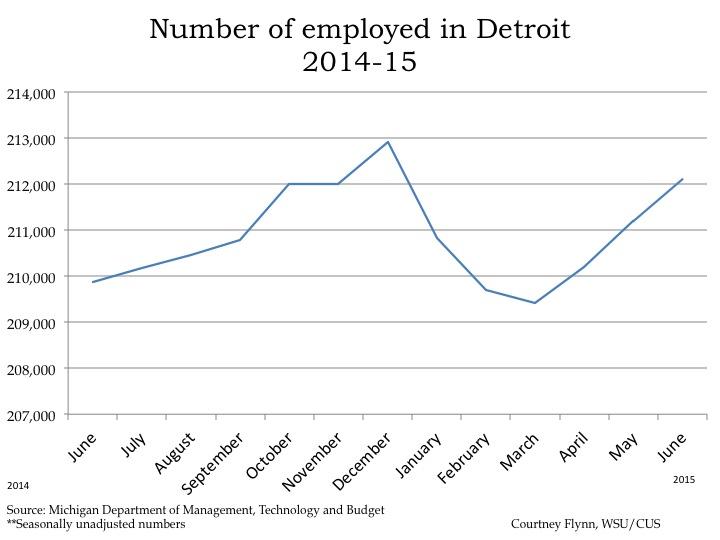
From May to June, the number of people employed in the city of Detroit increased by about 900, leading to a total of 212,107 people employed in June. Since March, the number of people employed in the city has increased by 2,690. In the last year, the month of March had the lowest number of people employed in the city of Detroit.
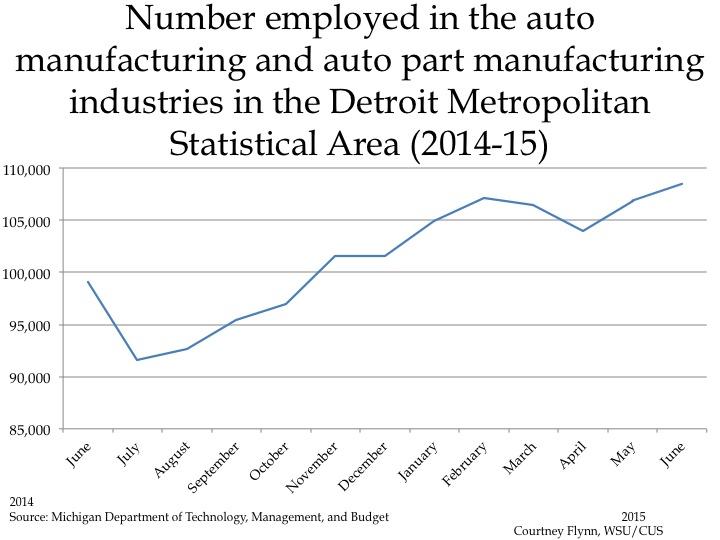
The above chart shows the number of people employed in the auto manufacturing industry in the Detroit Metropolitan Statistical Area (MSA) (Detroit-Warren-Livonia) from June 2014 to June 2015. From May to June the number of people employed in this industry increased by 1,600, to a total of 108,500. The June number is the highest employment number this industry has had in the last year.
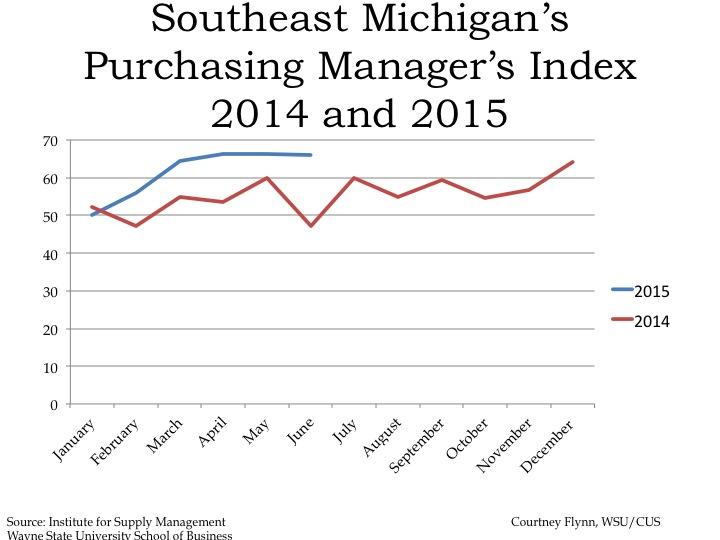
The Purchasing Manger’s Index (PMI) is a composite index derived from five indicators of economic activity: new orders, production, employment, supplier deliveries, and inventories. A PMI above 50 indicates the economy is expanding.
According to the most recent data released on Southeast Michigan’s Purchasing Manager’s Index, the PMI for June 2015 was 66.1, an increase of 0.3 of a point from the prior month. It was also an increase of 19.0 from June of 2014.
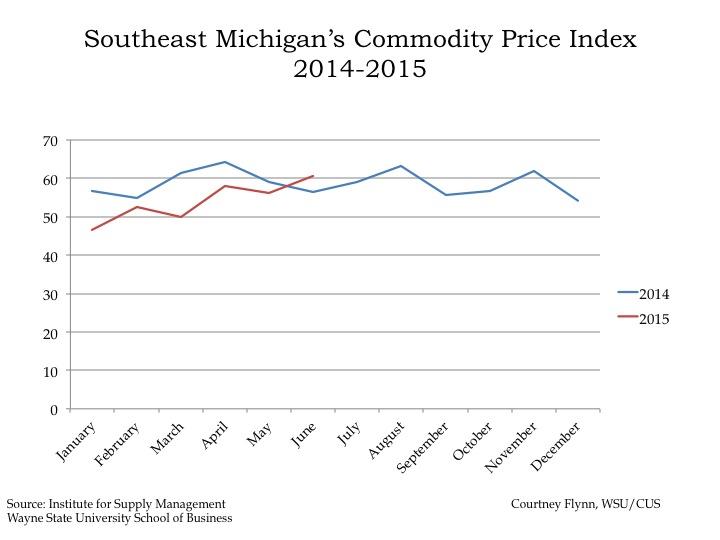
The Commodity Price Index, which is a weighted average of selected commodity prices, was recorded at 60.7 points in June 2015, which was 4.4 points higher than the previous month and 4.2 points lower than June 2014.
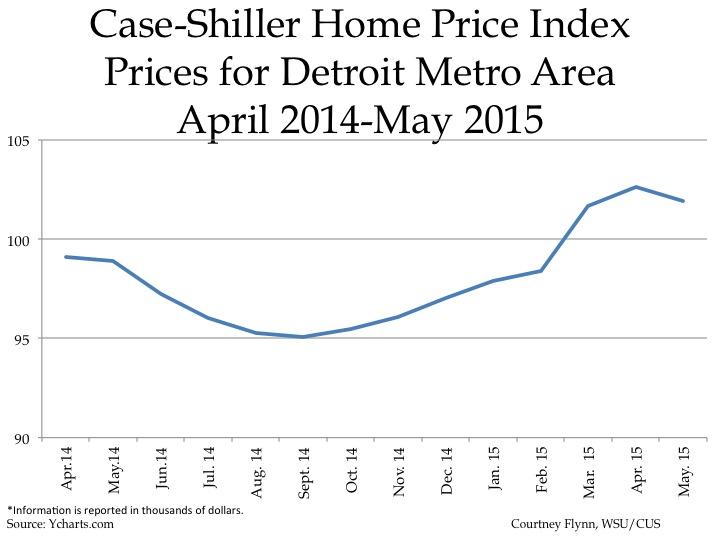
The above charts show the Standard and Poor’s Case-Shiller Home Price Index for the Detroit Metropolitan Statistical Area. The index includes the price for homes that have sold but does not include the price of new home construction, condos, or homes that have been remodeled.
According to the index, the average price of single-family dwellings sold in Metro Detroit was $101,930 in May 2015. This was an increase of $3,040 since May of 2014 but a decrease of $1,082 from April of 2015.
